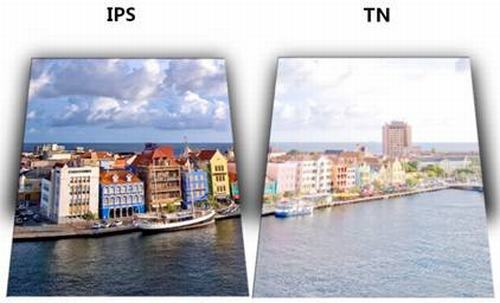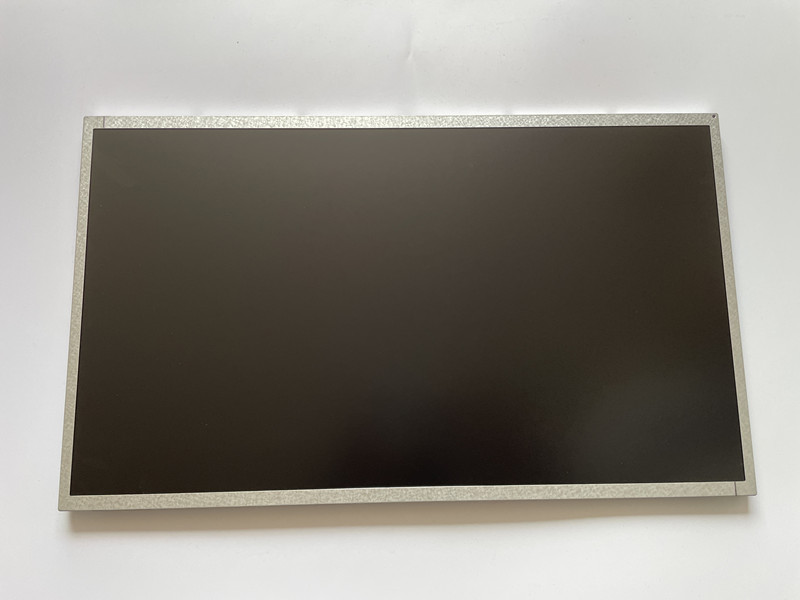Before we know about the laptop lcd screen, it is always easy for us to underestimate the role of the monitor, but it is the part we touch the most in the computer, which directly affects the experience.
This article will take you through some simple knowledge to understand various monitors.Therefore, I hope that everyone can buy a monitor that suits them, and even assemble their own computers by themselves, becoming a computer assembly expert.
Several important parameters about the display are: resolution, color gamut, color difference, refresh rate and grayscale response time.
Color gamut:
To put it simply: it means whether the color display effect of the laptop lcd screen is good or not.
The professional term is: Indicates the color range that the monitor can display.
There are two most common ways of writing color gamut: sRGB color gamut and NTSC color gamut (In fact, they are two different standards, just like the difference between the square meter and the acre in the area unit)
The color range covered by 99% sRGB is definitely more than that covered by 80% sRGB,so the more colors can be displayed.
In terms of color coverage: 72%NTSC≈100%sRGB.
Please observe a set of color gamut comparison charts.

Chromatic aberration: is the accuracy of the color display.
Chromatic aberration is not important to ordinary people, but it is especially important to photographers and designers.
The unit of color difference is the deltaE value. The smaller the value, the more accurate the color. Generally, the deltaE value of the monitor used for drawing should be less than 3.
Resolution:
Indicates whether the displayed picture is clear enough.
In the case of two laptop lcd screen with the same size, the higher the resolution, the clearer and more delicate the display effect will be.

Displays on the market include 1080P (1k), 1440P (2k), 2160P (4k), etc. The higher the resolution, the clearer the display, but the more expensive it is.
Refresh rate hz: Indicates how many times the display can refresh images per second. The moving pictures we see on the display are animations that are quickly played one by one.
The higher the refresh rate, the smoother the picture.
Most home laptop lcd screen on the market are 60Hz, which means that the image can be refreshed 60 times per second; there is also a gaming monitor with 144Hz or even higher, which can refresh the image 144 times per second, so the picture will look different. More coherent and smooth.
Now most mobile phones support 60 fps recording, you can try to compare the difference between 30 fps and 60 fps.
Gray scale response time: It can be understood as picture delay.
Response time is the reaction time when the display switches from the previous image to the next image.
Each picture in the laptop lcd screen does not switch instantly, but has a reaction time. If the reaction time is too long, the picture will be smeared and blurred.
However, the response time of the display is now within 8 milliseconds, and some e-sports displays are within 1 millisecond, and 1 millisecond is 1/1000 of a second.
Generally, the difference of a few milliseconds is difficult for the human eye to distinguish.
Therefore, among the three parameters of response time, color gamut, and refresh rate, the color gamut and refresh rate should be satisfied first, and the delay can be considered last.
Let’s take a look at the difference between LCD panels
The LCD panel displays the screen
TN panel
The advantages of TN panels are: the liquid crystal response speed is very fast, and the gray scale response time is very short.
The disadvantages are: the color gamut is small, the color of the picture is pale, the color is not rich enough, and the viewing angle is small.
This kind of screen was almost eliminated by the market, but with the popularity of e-sports, TN panels have returned to the market with the advantages of high refresh rate and short grayscale response time.

IPS panel
The advantages of IPS panel: wide color gamut, good color display effect, large viewing angle and accurate color.
The disadvantages are: light leaks easily around the display, and the pure black display is not pure enough.
This type of display is also the most widely used display panel because of its good color and large viewing angle.
IPS light leakage is a common problem. It will be more obvious when there is no ambient light at night and the screen has a black background, but there is no obvious problem in other cases.
VA panel
There are two types of VA panels: MVA panels and PVA panels, and PVA is Samsung’s improved MVA panel. This type of panel is a compromise between TN panels and IPS. The advantages are accurate color, high contrast, large viewing angle, less light leakage, and pure black. The disadvantage is that the response time is longer than IPS.
In the next issue, we will provide professional advice for different needs to help you choose the screen that suits you, see you next time!
Related Products








